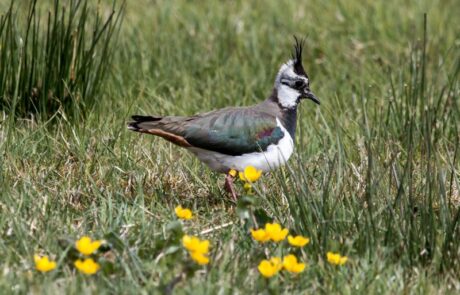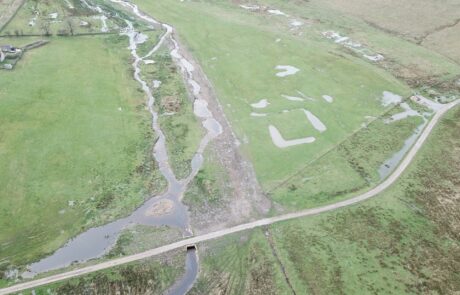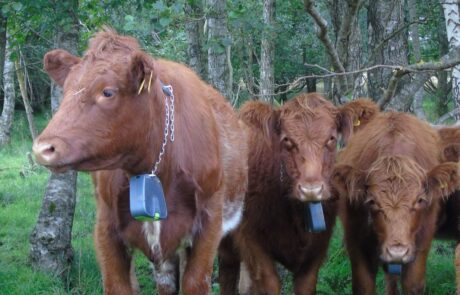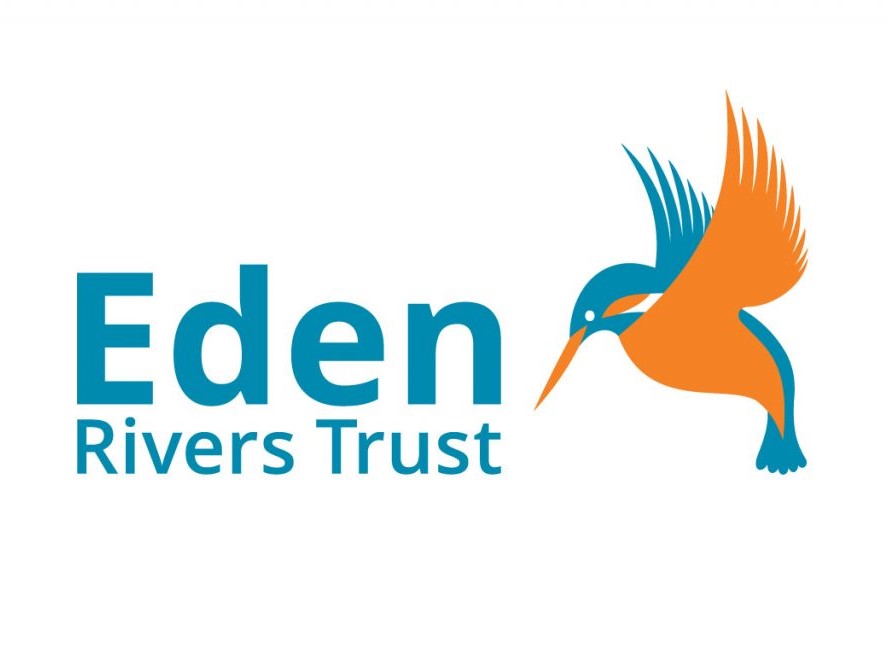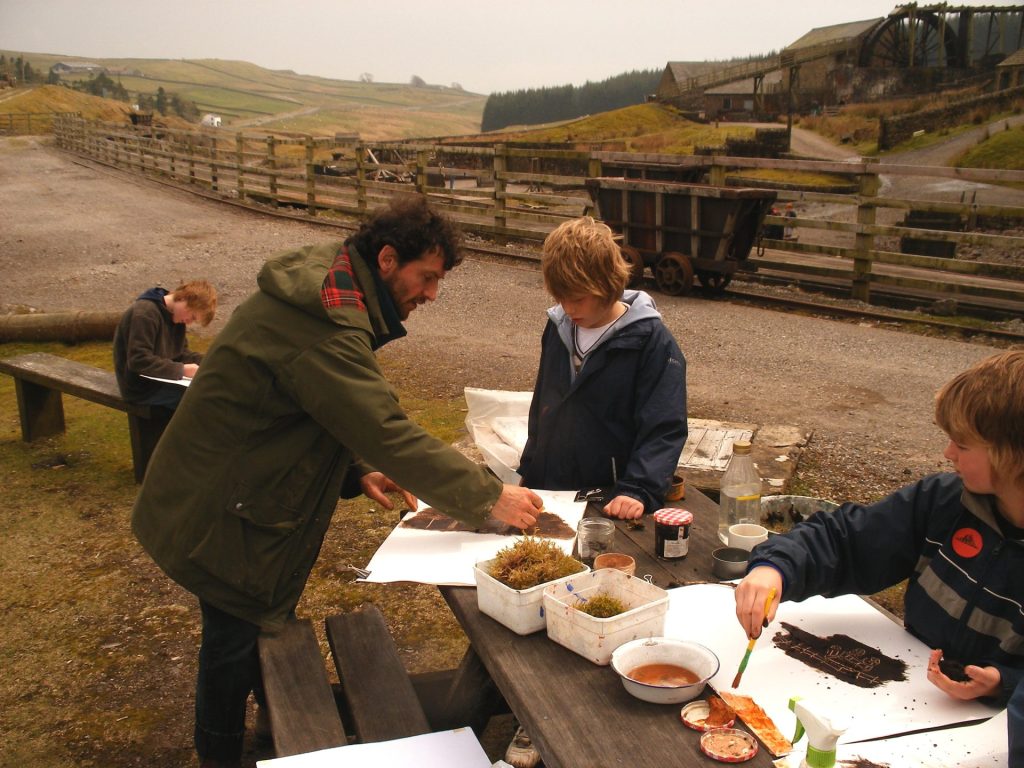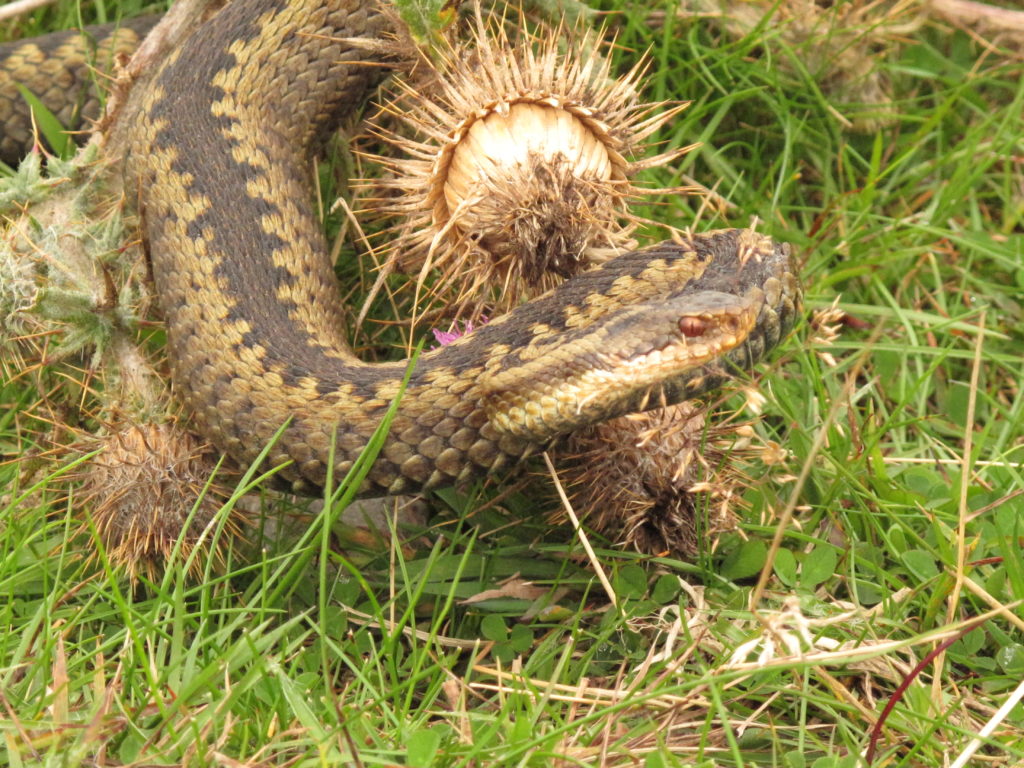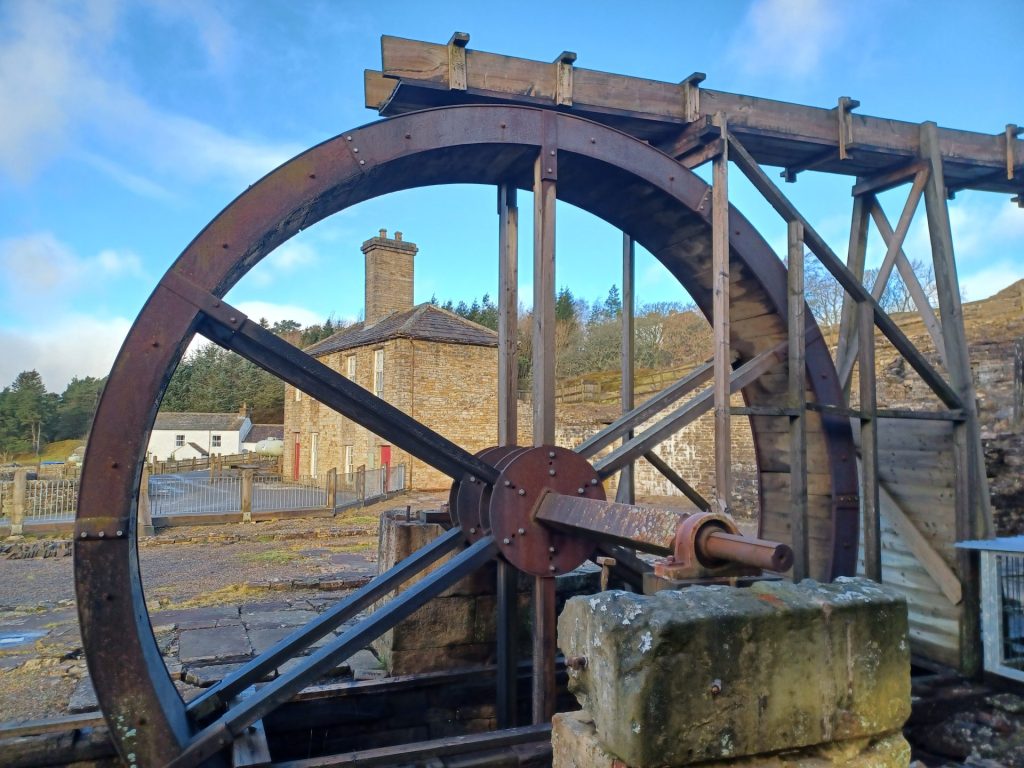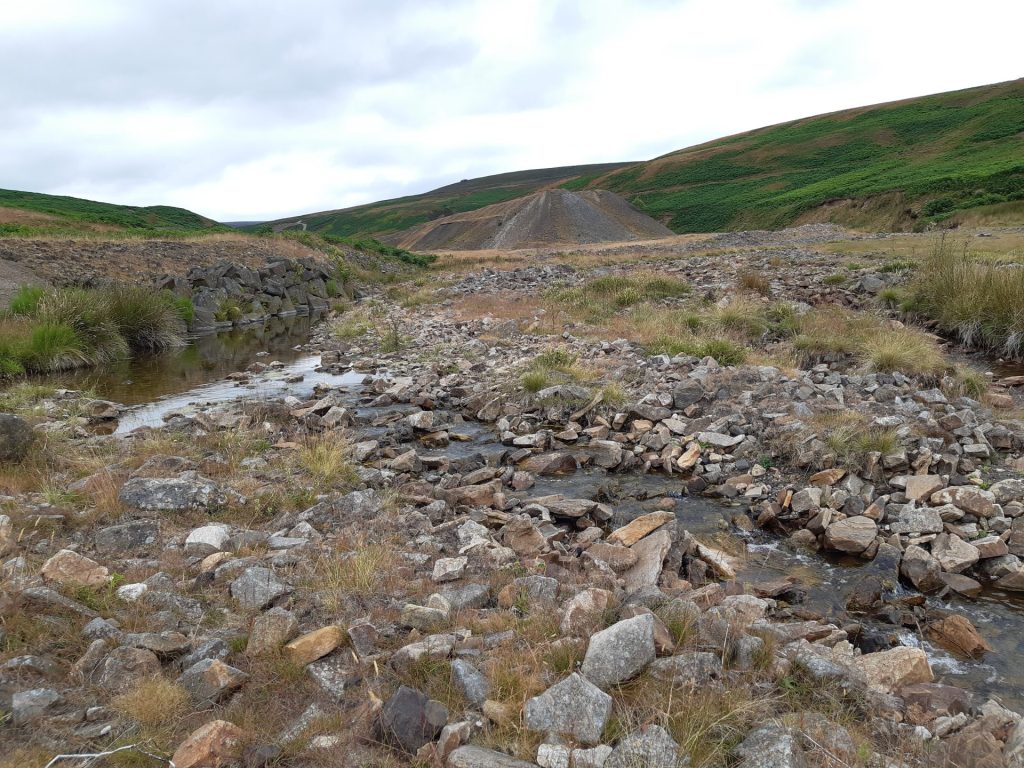What we do
Species recovery
The Fellfoot Forward scheme is working with the RSPB to deliver a programme of targeted species recovery for curlew, black grouse, ring ouzel, and hen harrier on the RSPB Geltsdale Nature Reserve. This project aims to produce high quality conservation research into the recovery of red list species, informing local, regional, and national advocacy and policy work.
RSPB Geltsdale
RSPB Geltsdale Nature Reserve is a unique upland environment comprising blanket bog, heath, grassland, meadow, and woodland. These diverse habitats host a range of threatened wildlife, including breeding populations of black grouse, golden plover, curlew, ring ouzel, merlin, and – infrequently – hen harrier. Designations recognise Geltsdale’s international importance for wildlife: it is both an SSSI (Geltsdale and Glendue Fells) and part of the North Pennine Moors Special Area of Conservation (SAC). Geltsdale is an important place for research into upland habitat management and reversing the declines of threatened wildlife. Sample monitoring using a standard upland bird survey technique has been carried out at RSPB Geltsdale nature reserve since 1999 and the results have been used to inform both the management of the reserve and the advice to land owners and managers throughout the UK. The data has been used in publication of peer reviewed papers.
Work
The RSPB, as delivery partners for this project, propose a series of new and continuing practical trials to test new conservation solutions at Geltsdale, which will directly support the recovery of these birds. The Curlew Trial Management Plan is a flagship RSPB programme, trialling vegetation management for curlew recovery across six sites in the UK. Funding through the Fellfoot Forward LPS has enabled the RSPB to extend this trial beyond its original scope, so that the longer-term effects of vegetation management on curlew can be monitored at Geltsdale. This will add considerable value to the national research programme and will strengthen conservation management advice in the future.
The Fellfoot Forward scheme has also offered the opportunity for nationally significant research into grazing management for ring ouzel to be extended, increasing our practical understanding of ring ouzel conservation.
RSPB Geltsdale is a stronghold for black grouse in the North Pennines AONB, which are known to favour areas where there is a burst of vegetation growth following heavy grazing. The Fellfoot Forward LPS created the opportunity to conduct new research to achieve this particular grazing pattern, which will benefit black grouse and other endangered species, such as whinchat. Electronic cattle collars, which control grazing without the need for physical fencing, are allowing the RSPB to introduce a different grazing regime for cattle across two large 300 hectare moorland blocks and one 300 hectare area of upland wood pasture. The cattle will be concentrated and moved around the vegetation blocks. This concentrated grazing regime, called pulse grazing, will give a more diverse vegetation structure and generate bursts of new vegetation. The collars mean there is no need for the erection of fences which are resource heavy, labour intensive, intrusive on an open moorland site and are the cause of lethal collisions of black grouse. Learn more about the cattle collars here.
The RSPB Geltsdale reserve is an area where hen harrier have nested in the past. RSPB staff and RSPB volunteers monitor for breeding hen harriers during the start of the breeding season. If a nest is identified, the RSPB will fund and take responsibility for its protection by staff and volunteers. We will raise awareness of raptor persecution with wildlife crime police officers locally and regionally through provision of a training event(s), sharing recent experience of working with estates and partners across the North Pennines AONB. The species recovery work will be championed by the RSPB staff to land managers and landowners regionally communicating this best practice work beyond the Geltsdale reserve and the RSPB.
A project to allow the Howgill Beck at RSPB Geltsdale to work in its natural environment and create a flowing wetland system was completed in September 2022. The beck originates three kilometres upstream of Stagsike, on Cold Fell, running through Bruithwaite Forest, planted by RSPB Geltsdale, and Stagsike Meadow, an excellent area for breeding waders. A length of the beck was straightened to create a canal in the eighteenth century and lacked many of the natural features associated with this watercourse type.
Working with project designer, George Heritage from Dynamic Rivers, and on-site contractors Gary and Ian Cannon, the original channel has been heavily modified and is now very different from the previous straightened and managed watercourse running between high banks. The beck now works alongside a permanent watercourse which can connect to its floodplain during flood events. New, wiggling channels have been cut, creating a braided river with a longer stream bed. The project created much needed variety within the new channels by adding pools and riffles, which reduced the energy within the channel and meant that any sediment will not be flushed straight down the watercourse as it did previously. The features and slower flow have already allowed some fine gravels to accumulate, creating places for fish to spawn in future. Some of the water has been allowed to find its own path within the system, allowing a dynamic flowing wetland to develop, storing carbon, and creating more beneficial habitat for wildlife.
The site at Howgill Beck was an ideal location to deliver and demonstrate the benefits of restoring a natural watercourse and managing land for increased biodiversity on a sustainable working farm. Local farmers, Ian Bell and Rebecca Dickens, are farming the RSPB land at Tarnhouse with cattle and small numbers of sheep, to help create the ideal habitat for Curlew, Black Grouse, Lapwing, Redshank, Snipe, and many other species of wildlife. They produce quality sustainable food in balance with nature, running a viable business alongside protecting and enhancing the land for nature recovery, habitat creation, and biodiversity.
The project received funding from Northumbrian Water under the South Tyne Holistic Water Management Project. Defra’s Farming in Protected Landscapes programme, which is administered in this area by the North Pennines AONB Partnership, the Fellfoot Forward Landscape Partnership Scheme (LPS), and the RSPB.

